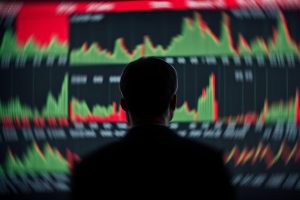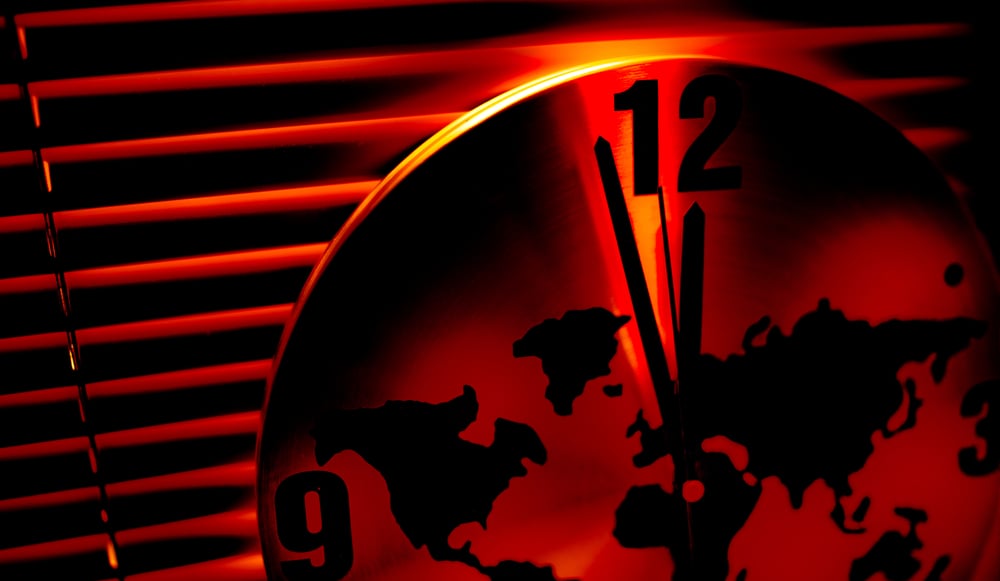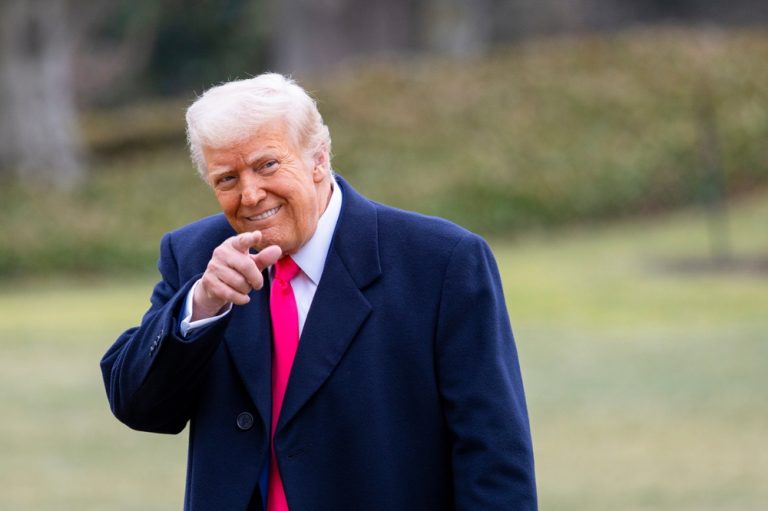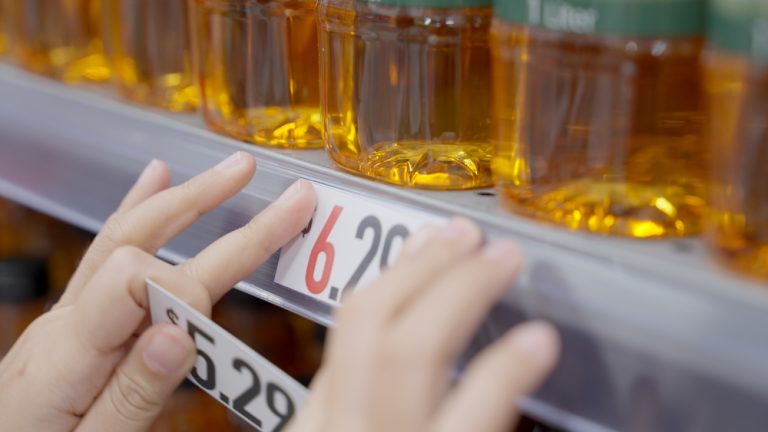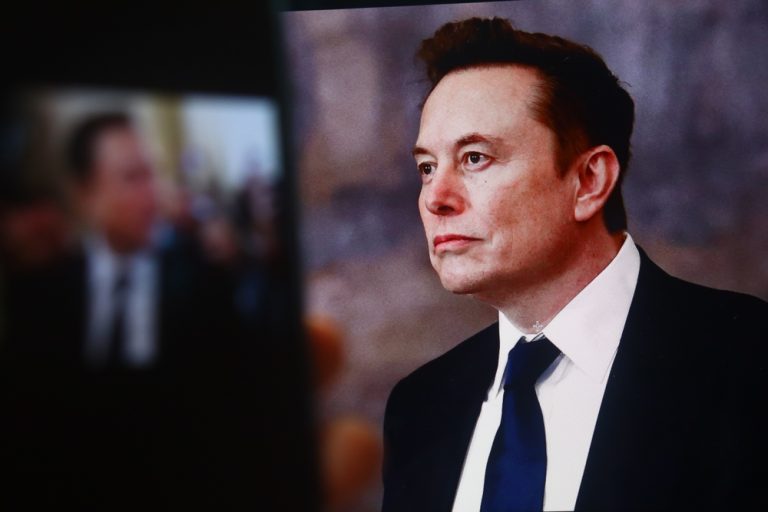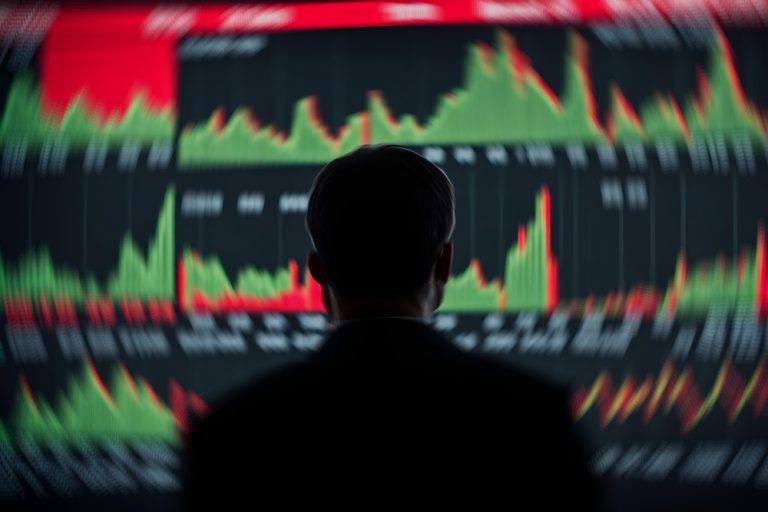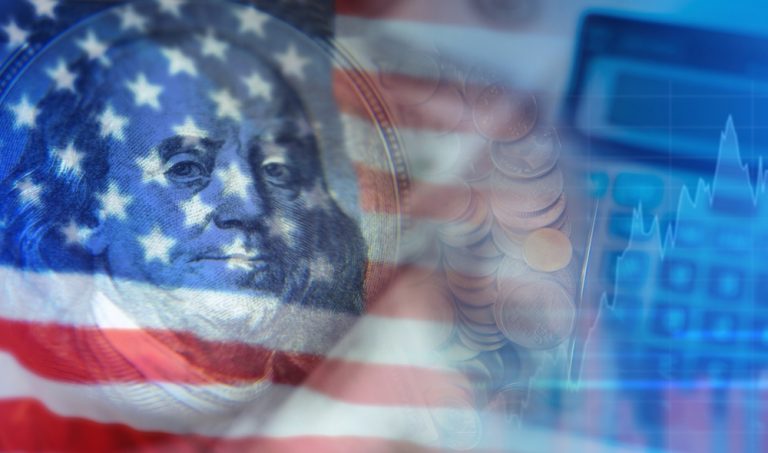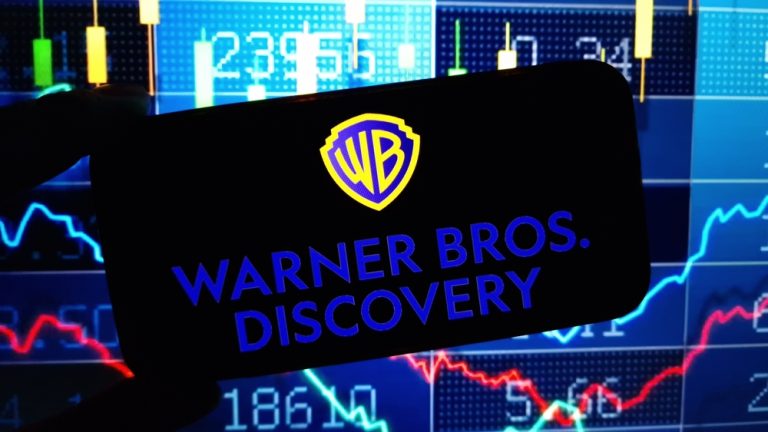The Doomsday Clock, a symbolic gauge of humanity’s proximity to catastrophe, has been set to 89 seconds to midnight, the closest it has ever been. The Bulletin of the Atomic Scientists, which established the clock in 1947, announced the update on Tuesday, citing nuclear threats, climate change, artificial intelligence, and misinformation as key risks.
Why Has the Clock Moved Closer?
For the past two years, the clock remained at 90 seconds to midnight, largely due to:
- Russia’s invasion of Ukraine and fears of nuclear escalation.
- The Israel-Hamas conflict in Gaza.
- Climate change and environmental instability.
- Advancements in artificial intelligence without proper regulation.
According to Daniel Holz, chair of the Bulletin’s Science and Security Board and a professor at the University of Chicago, these risks continue to grow:
“Countries with nuclear weapons are expanding their arsenals, and disruptive technologies are advancing faster than regulations can keep up.”
What is the Doomsday Clock?
Established by scientists involved in the Manhattan Project, the Bulletin of the Atomic Scientists created the Doomsday Clock in 1947 to measure nuclear threats. In 2007, climate change was added to the equation.
The clock is set annually by the Bulletin’s Science and Security Board, which consults with its Board of Sponsors, originally established by Albert Einstein in 1948. It currently includes nine Nobel laureates.
Can the Clock Reach Midnight?
The clock has never reached midnight, but Bulletin CEO Rachel Bronson explains what it would mean:
“Midnight represents an event like a nuclear exchange or catastrophic climate change that wipes out humanity.”
While the clock is not a precise measurement, its goal is to raise awareness and encourage action on existential threats.
What Can Individuals Do?
Although the risks are daunting, the Bulletin believes that humans can reduce these threats through collective action. Bronson emphasizes:
“Public engagement matters. Leaders respond when people push for change.”
Ways individuals can contribute:
- Advocate for nuclear disarmament and climate policies.
- Reduce carbon footprints by using public transport and conserving energy.
- Combat misinformation by verifying news sources.
Conclusion
With the clock now at 89 seconds to midnight, the urgency for action is greater than ever. While the future remains uncertain, history shows that decisive, global cooperation can push the clock’s hands back.



